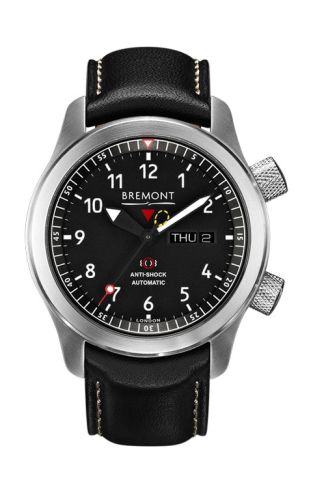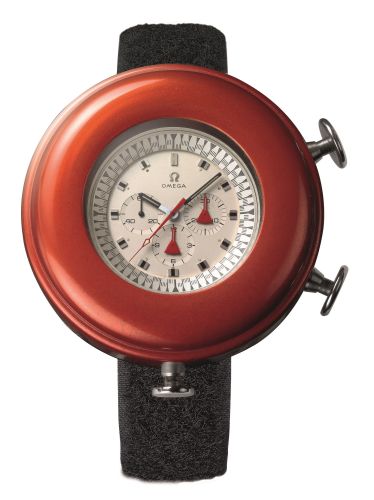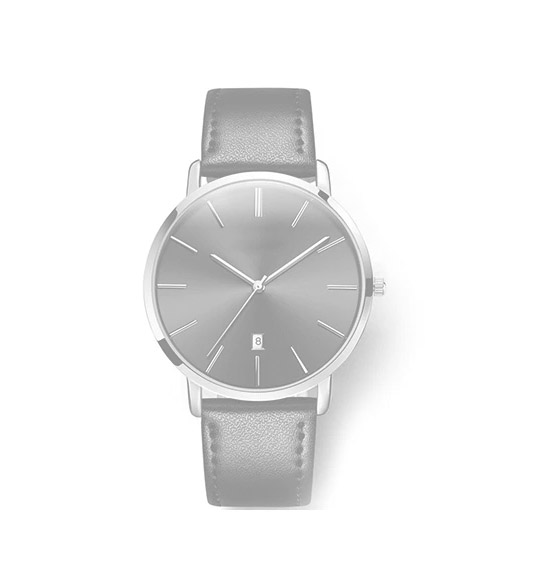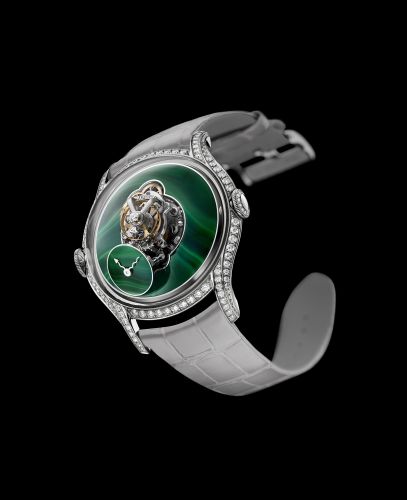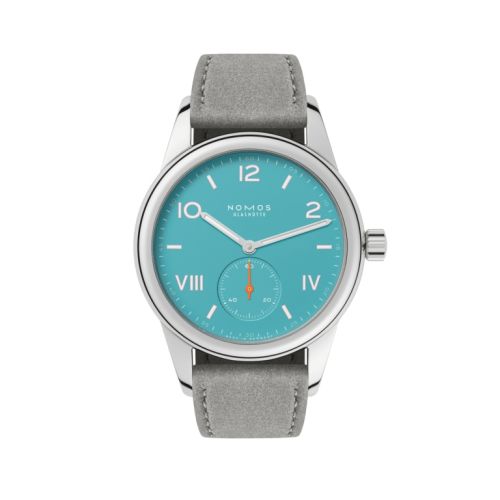
What is a power reserve in watches?
A power reserve in watches refers to the duration a timepiece can run without needing to be wound or worn. Essentially, it indicates how long the watch will continue to function once it has been fully wound. This feature is particularly significant for mechanical watches, which rely on a mainspring to store energy.
When a watch is wound, either manually or through the natural motion of the wearer's wrist, the mainspring is tightened, storing energy that is gradually released to power the movement. The power reserve is measured in hours, and many luxury watches boast impressive reserves ranging from 48 hours to several days, showcasing the craftsmanship and engineering that goes into their design.
A watch’s power reserve can be displayed in various ways. Some models feature a dedicated power reserve indicator on the dial, which visually shows how much energy remains before the watch needs winding. This handy feature allows the wearer to keep track of the watch's operational status at a glance, ensuring it remains accurate and functional.
Understanding the power reserve is essential for watch enthusiasts and collectors, as it not only affects the convenience of ownership—especially for those who may not wear the same watch daily—but also adds to the allure of mechanical timepieces. A longer power reserve often reflects the quality of the watch's movement and the intricacies of its design. As such, many aficionados appreciate watches with extended power reserves, viewing them as a testament to the watchmaker's skill and innovation.
In summary, the power reserve is a crucial aspect of mechanical watches, influencing both their usability and appeal. It highlights the balance between artistry and engineering, providing insight into the watch's design and functionality. Whether you're a casual wearer or a dedicated collector, understanding this concept enriches your appreciation for the intricate world of horology.




